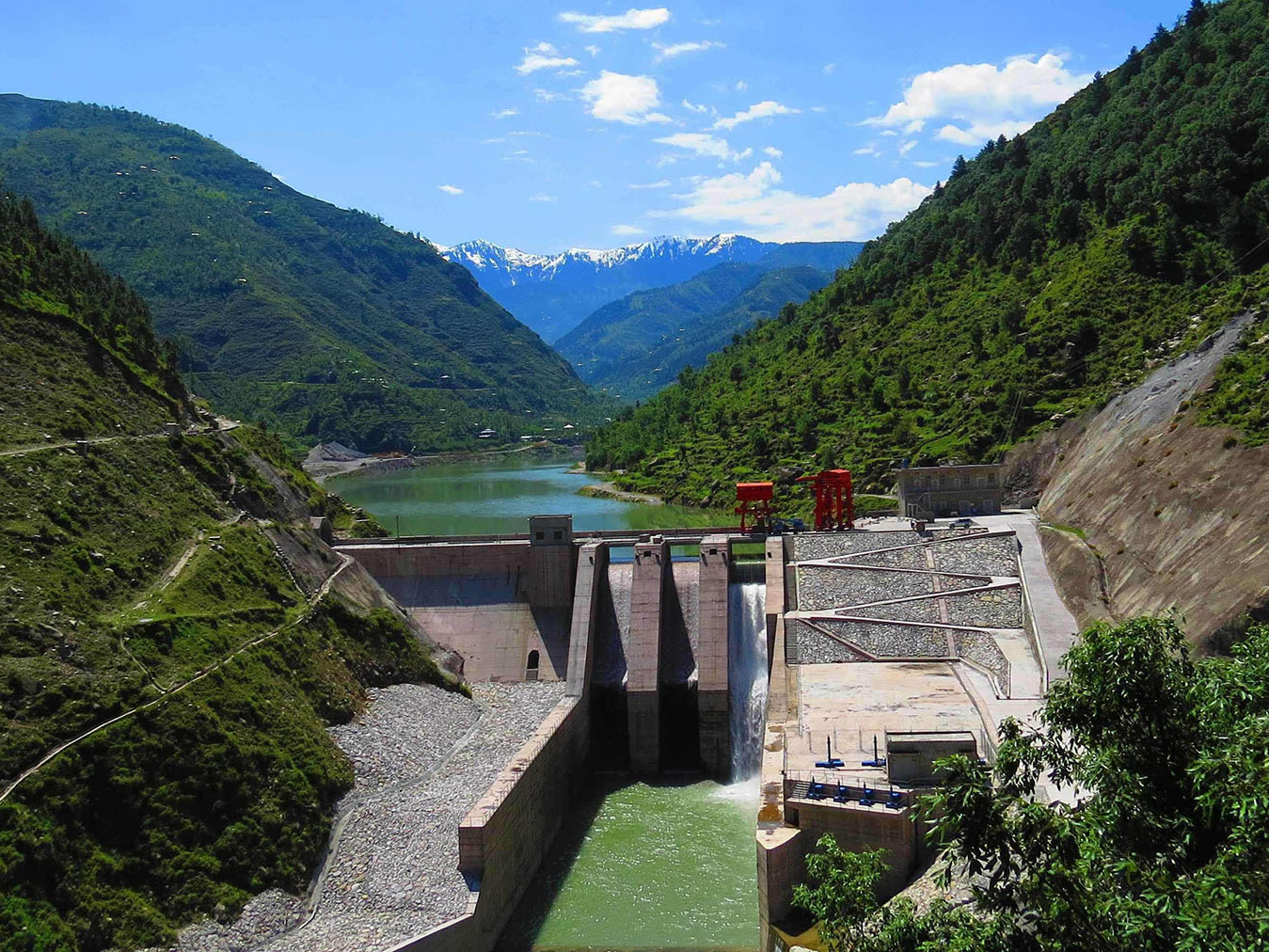
- For China, it is also the right time to shift its investment focus from coal-fired power plants to renewable energy as early as possible
On January 9, 2021, a failure of the Gudu coal-fired power plant in Sindh province, southern Pakistan, caused Pakistan to experience the country’s worst nationwide blackout since 2015. The accident plunged all major cities in Pakistan into darkness, including the capital Islamabad, the economic center Karachi, and the second largest city, Lahore. 212 million people fell into darkness. In many areas, power outages lasted for about 18 hours, and international airports were also affected, causing serious impacts on residents’ lives and industrial production.
In Karachi, Pakistan’s largest city, people lined up at gas stations to buy gasoline for their own generators. On the night of the 9th, many homes rely on these generators for their electricity.
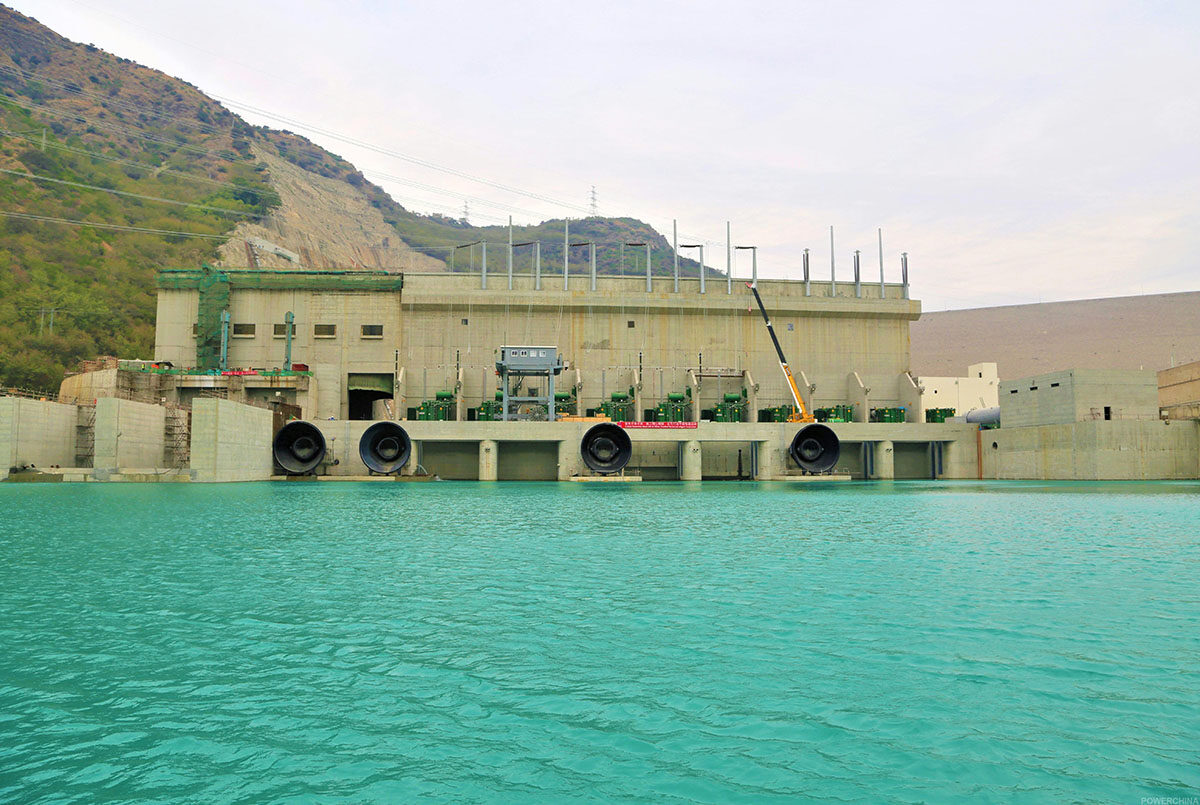
Despite the shortage of electricity, it is surprising that the Pakistani government abandoned its plan to build a 27GW thermal power plant between 2030 and 2047 in favor of investing in renewable energy.
At the climate ambition summit held on December 12, 2020 to commemorate the fifth anniversary of the signing of the Paris Climate Agreement, Pakistan’s Prime Minister Imran Khan’s speech unexpectedly won applause from the world. Prime Minister Imran Khan announced that "We have cancelled two coal power projects that originally planned to produce 2.6GW of energy. We have replaced them with water power generation. We have also decided that by 2030, 60% of all energy produced in Pakistan will be % Will come from clean and renewable energy sources, and 30% of all our vehicles will be powered by electricity."
Imran Khan’s statement received international acclaim. Pakistan’s Prime Minister and Climate Change Adviser Malik Amin Aslam said that Prime Minister Imran Khan’s statement indicated a shift in Pakistan’s green policy. How can Pakistan get rid of the heavily polluted coal? Amin Aslam said that the government has set a bold goal to achieve 60% carbon-free energy production by 2030. "This will be achieved through renewable energy sources including solar, hydropower, wind and nuclear power."
Time to transition from coal-fired power generation to renewable energy
The two projects mentioned by Imran Khan are located in Muzaffargarh and Rahim Yar Khan. They are power generation projects that use imported coal and are part of the China-Pakistan Economic Corridor.
China is Pakistan’s largest energy investor, most of which are thermal power. This announcement will undoubtedly have a significant impact on China’s energy projects that have been put into production, are under construction and planned in Pakistan. Prior to this, Pakistan has always hoped to achieve national energy security by vigorously developing thermal power. This is also the reason why Pakistan’s thermal power industry has attracted a large amount of investment from China and its own country in recent years.
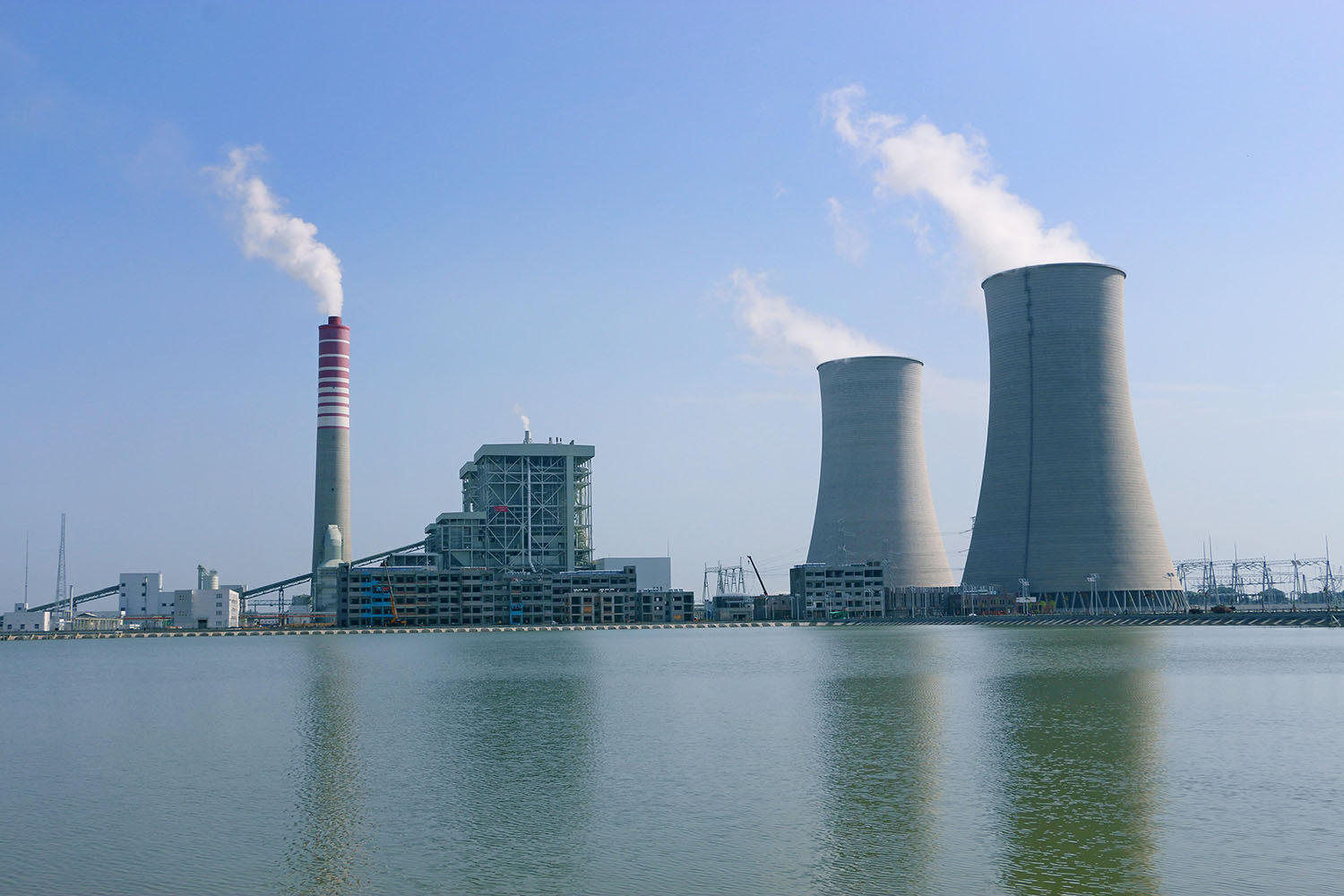
Pakistan's Sahiwal Power Station, the first large-scale energy project in the China-Pakistan Economic Corridor
The China-Pakistan Economic Corridor has 17 key energy projects with a total installed capacity of 11.1 GW and an investment of more than US$18.6 billion. Among them, three-quarters of the installed capacity is thermal power (8.22 GW).
Although it has not been long since entering Pakistan's electricity market, the thermal power under the China-Pakistan Economic Corridor has become the main force in Pakistan's electricity production. From 2019 to 2020, 19% of Pakistan's electricity generation comes from four coal-fired power plants under the China-Pakistan Economic Corridor. The 1,320 MW Huaneng Shandong Ruyi Sahiwal Thermal Power Plant, the 1,320 MW Kasim Port Thermal Power Plant, the 1,320 MW Hub Thermal Power Plant, and the 660 MW Engro Tal Thermal Power Plant, all of them have been in succession from 2017 to 2019. Put into commercial operation between.
At present, Thal Nova, Tal (Hubu) Energy, and Shanghai Electric (Tal Coalfield First Block) have completed financing in 2021 and are currently in different stages of construction. Their total capacity is as high as 1980 MW.
The China-Pakistan Economic Corridor energy project is considered a government-to-government project based on cooperation between countries. To divest such a huge investment, large-scale renegotiations and considerable strategic adjustments are required.
The speech of the Prime Minister of Pakistan at the Climate Ambition Summit is of even greater significance for the initial stage of thermal power projects that have not yet been approved and have not yet started financing. At Gwadar Port, a thermal power plant with a design capacity of 300 MW and mainly relying on imported coal and a pithead power station with a design capacity of 1320 MW in the Thar area are both under consideration. The two power plants are both China-Pakistan Economic Corridor projects, and the total investment of US$2 billion is mainly borne by Chinese state-owned enterprises.
Pakistan’s journey of "removing coal" may start with these thermal power projects that have not yet been substantially launched, avoiding the huge investment of billions of dollars from China from being wiped out.
Although the Pakistani Prime Minister’s speech made clear the doomsday sentence for coal-fired thermal power, it also mentioned a new direction for the transition to renewable and clean energy. For Pakistan’s close neighbor and old friend, China, the Pakistani Prime Minister’s statement also opened a window for Chinese investors and provided a golden opportunity. Energy investment and the early transition from coal to renewable energy are also at the right time.
Striving for a greener China-Pakistan Economic Corridor
Pakistan’s Prime Minister and climate change adviser, Malik Amin Aslam, stated that “coal power projects have been shelved and replaced by hydropower projects with a total installed capacity of 3,700 MW. This is to shift to the China-Pakistan Green Economic Corridor. The government “hopes to switch from coal to Hydropower to prove that they are fulfilling their promises."
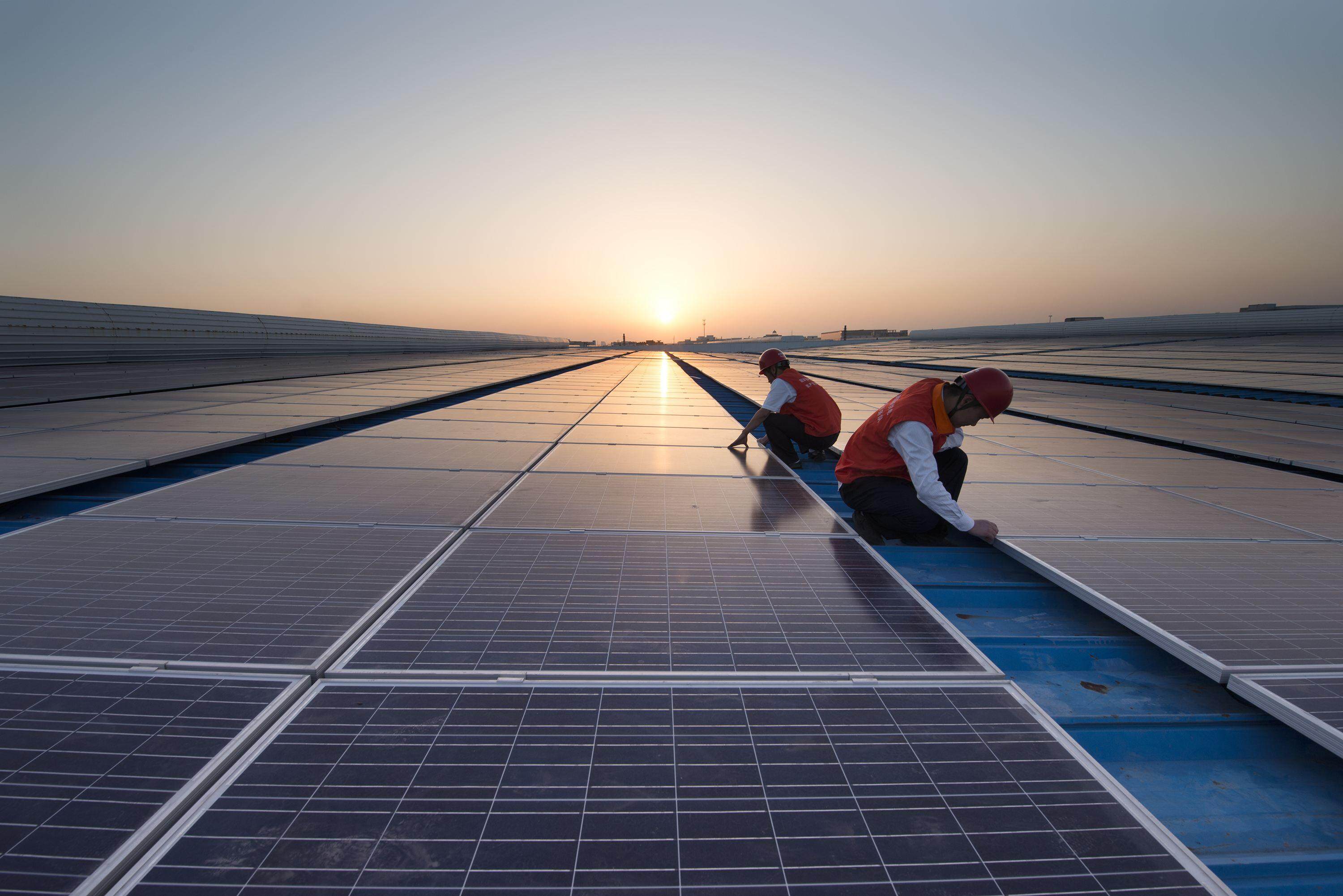
Pakistan Solar Power Station
In the past 5 years, Pakistan has completed 18 wind power projects with a total installed capacity of 937 MW, 6 solar power projects with a total installed capacity of 418 MW, and 6 biomass energy projects with a total installed capacity of 201 MW. But so far, Pakistan's renewable energy and nuclear energy only accounted for 9% of the power structure, hydropower accounted for 27%, and fossil fuel power generation including natural gas, liquefied natural gas and coal accounted for 64%.
This number is still far away from Imran Khan’s goal of achieving 60% of energy from clean energy and renewable energy by 2030. According to the "Diversified Renewable Energy Integration and Planning Research" report co-authored by the World Bank, Pakistan National Transmission and Distribution Corporation and Pakistani government agencies, by 2030, it is estimated that the proportion of coal power in Pakistan will fall from the current 29% to 13 %, while renewable energy power generation has doubled.
After careful consideration of environmental and social impacts, Pakistan believes that the construction of important reservoirs and water conservancy projects can not only improve the annual water flow and availability, but also expand Pakistan’s hydroelectric power generation capacity and allow renewable resources to meet 60% of the country’s The above energy demand.
The current hydropower projects in Pakistan include the 1,124 MW project in Kohala, the 884 MW project in Suki Kinari and the 720 MW project in Karot. These are in addition to larger projects such as Diamer-Bhasha and Mohmand hydel.
The “China-Pakistan Economic Corridor” jointly promoted by China and Pakistan has also played a key role in Pakistan’s clean energy strategy. As the key renewable energy projects such as photovoltaic power generation, wind power and hydropower are completed and connected to the grid, Pakistan can not only Get rid of the chronic problem of power outages and power shortages, and also made a useful supplement to the optimization of the energy structure.
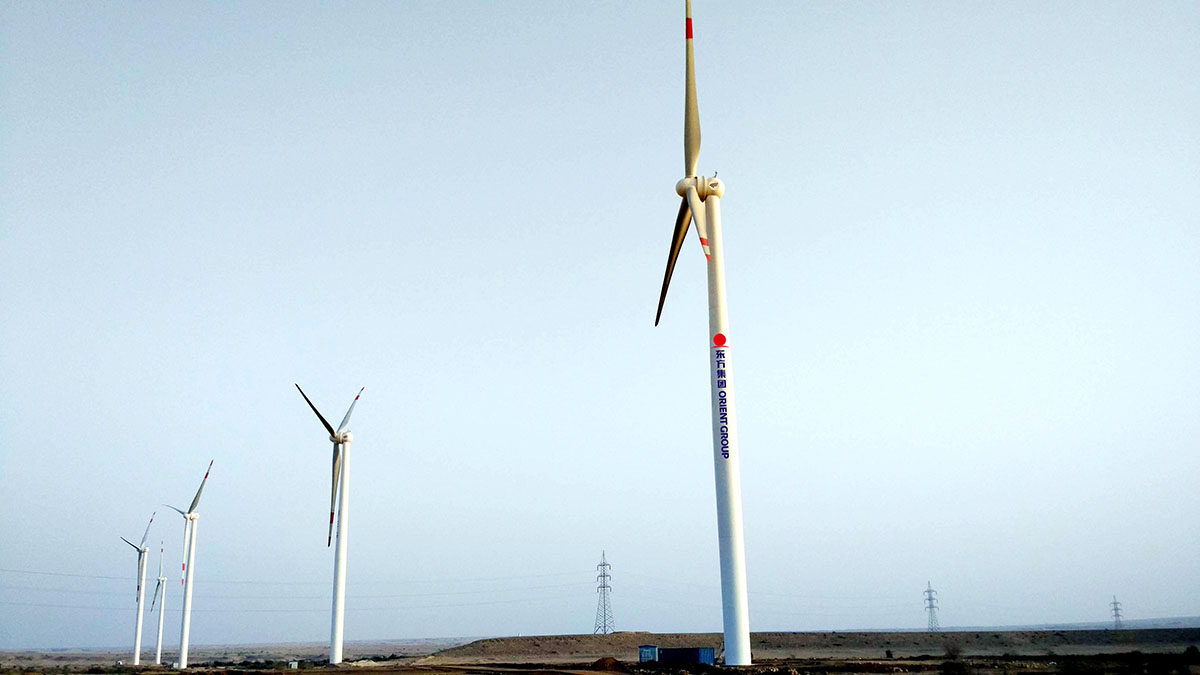
Allaiwa Hydropower Station in Pakistan
In addition, the Federal Government of Pakistan also intends to establish an inspection laboratory with national and international double standards to test the performance of solar panels, wind turbines and other equipment to ensure the high quality, safety and efficiency of local manufacturing equipment.
The person in charge of the World Bank in Pakistan pointed out that the large-scale construction of clean power will enable Pakistan to obtain short-term and long-term benefits at the same time, while taking into account economic development and environmental protection. "The vigorous development of solar and wind energy can strengthen Pakistan's power supply security and put Pakistan at the forefront of the global energy transition." He said, "In fact, the advantages of Pakistan's clean energy power generation have gradually emerged."
The World Bank believes that Pakistan should add 24,000 megawatts of wind and solar installed capacity in the next 10 years, including 6,700 megawatts of wind energy and 17,500 megawatts of solar energy. This can save up to $1 billion a year while improving energy supply security. The cost of power generation. Starting in 2032, the total installed capacity of solar, wind power and hydropower can completely fill the power supply gap caused by the phasing out of coal power.Editor/Huang Lijun
Comment
 Praise
Praise
 Collect
Collect
 Comment
Comment
 Search
Search


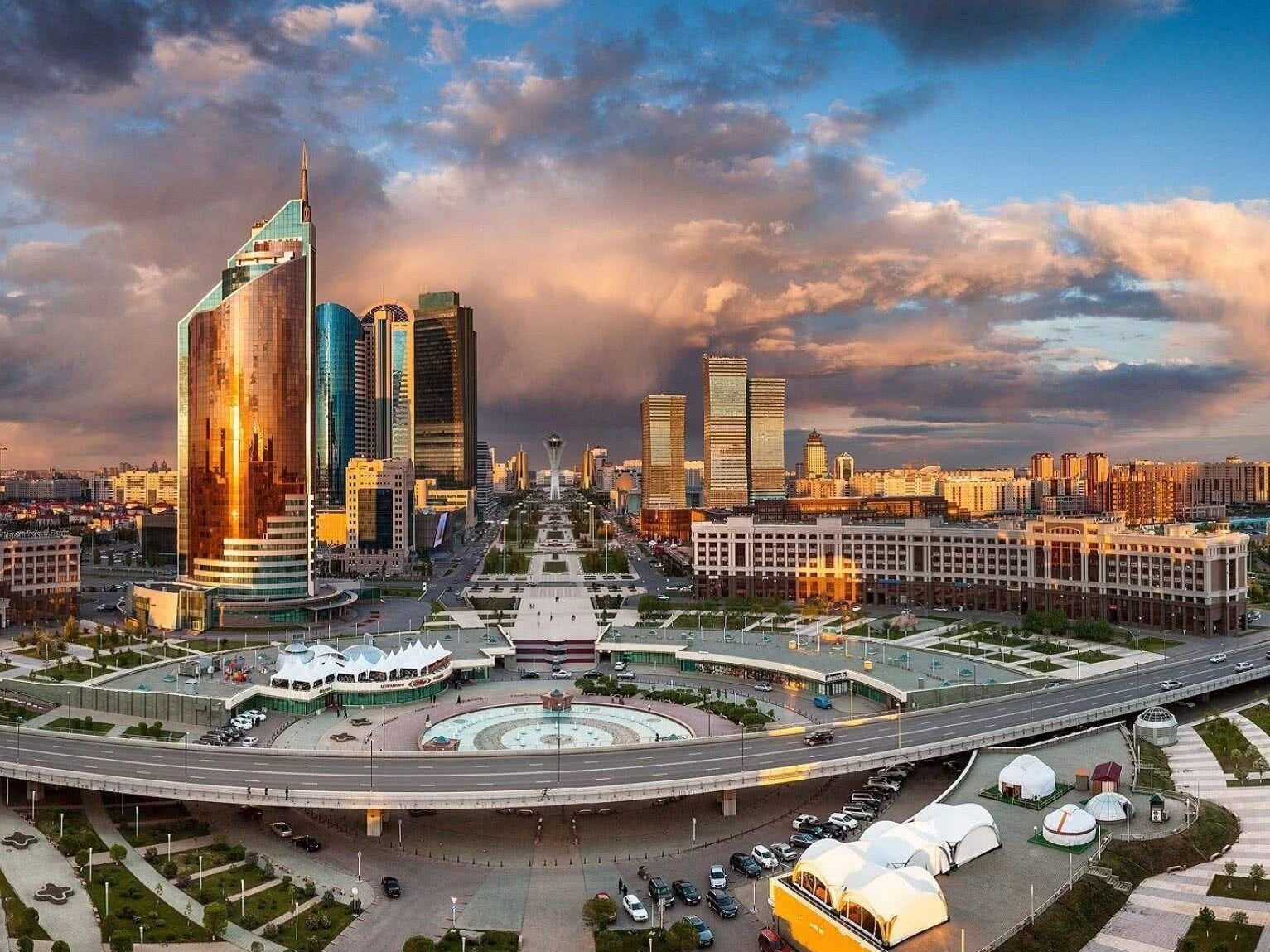


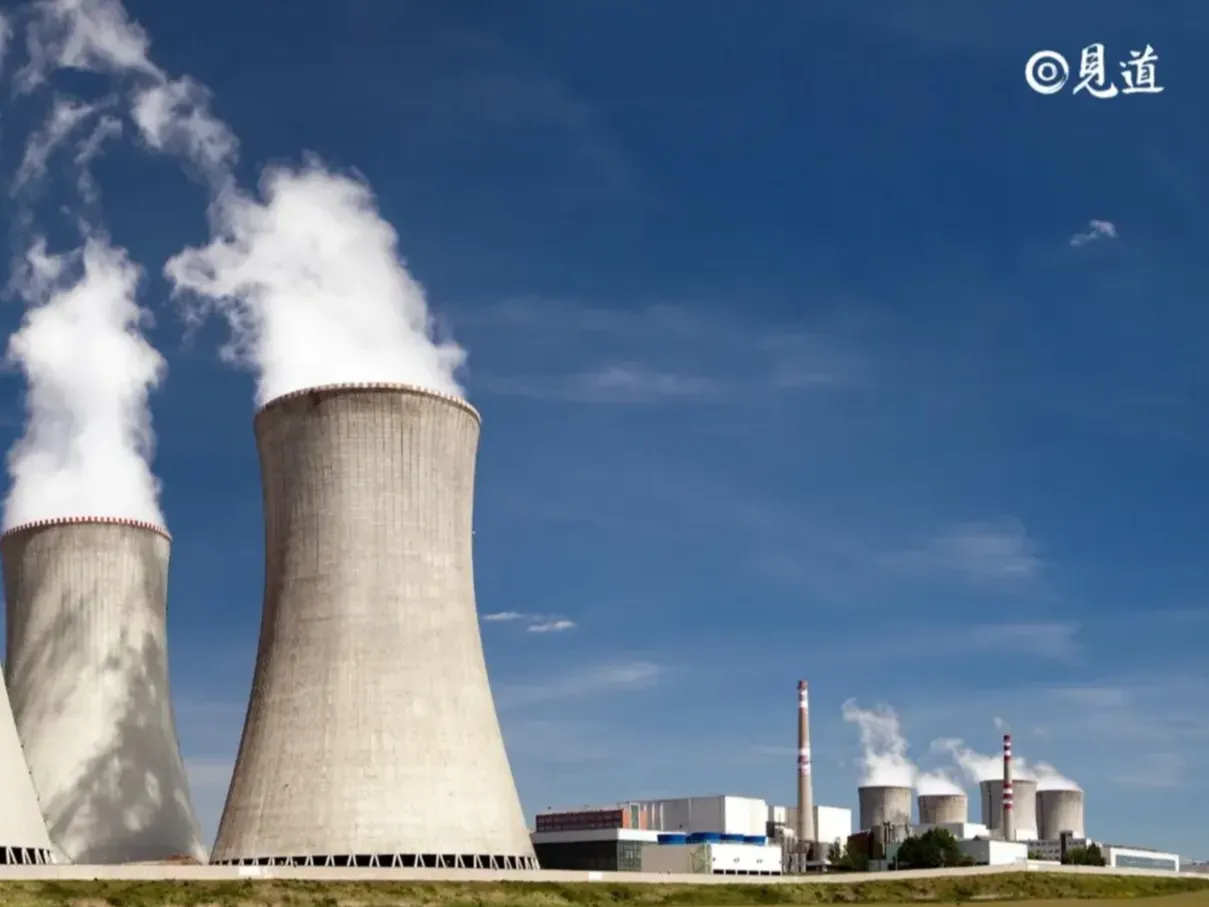

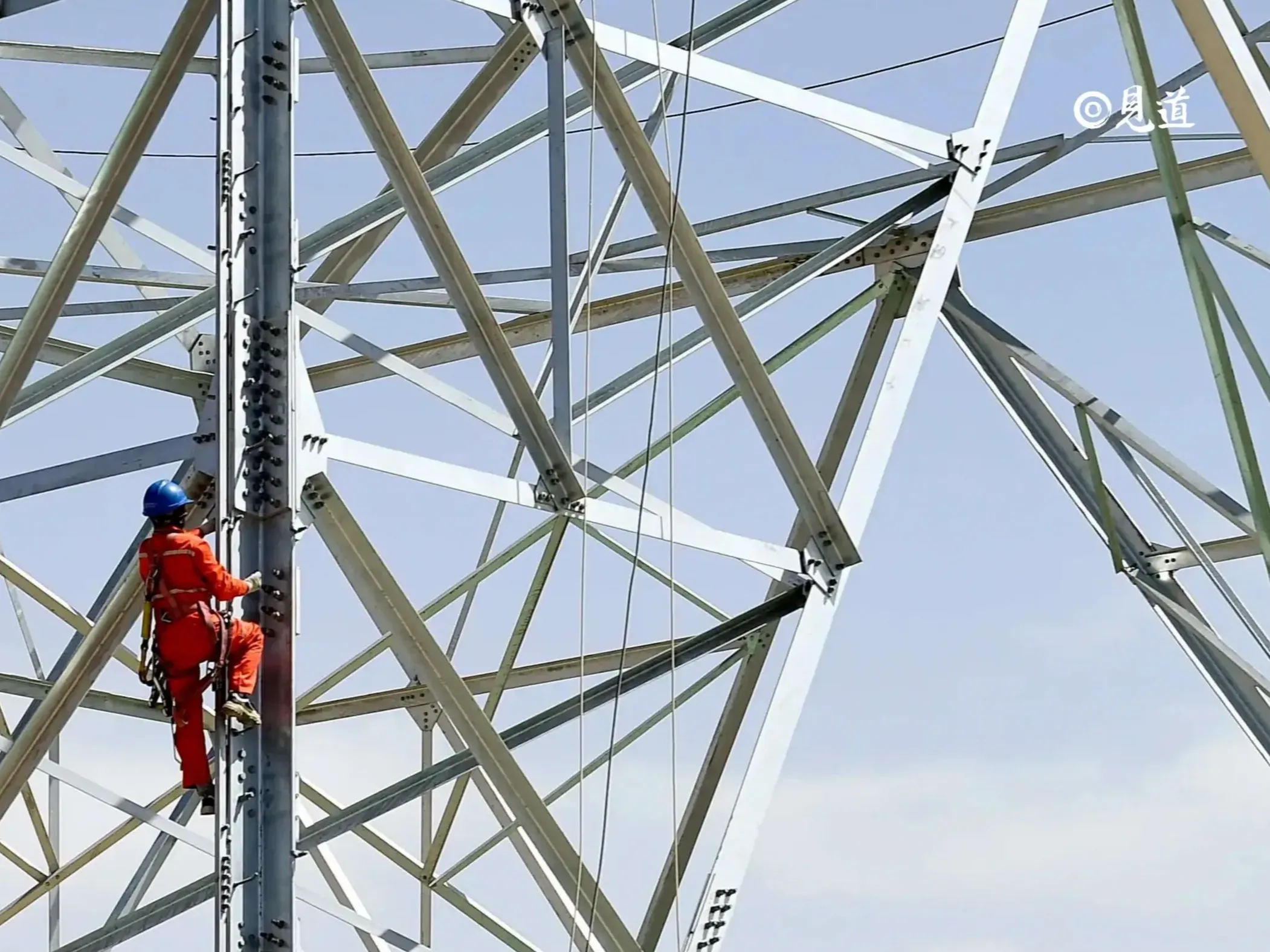






Write something~